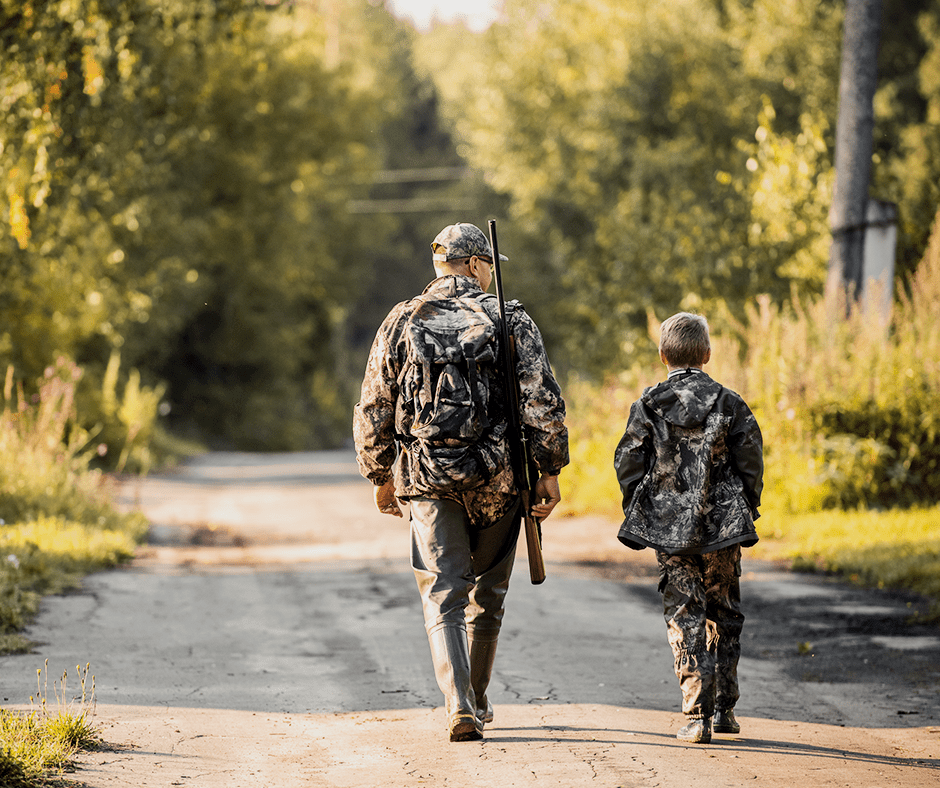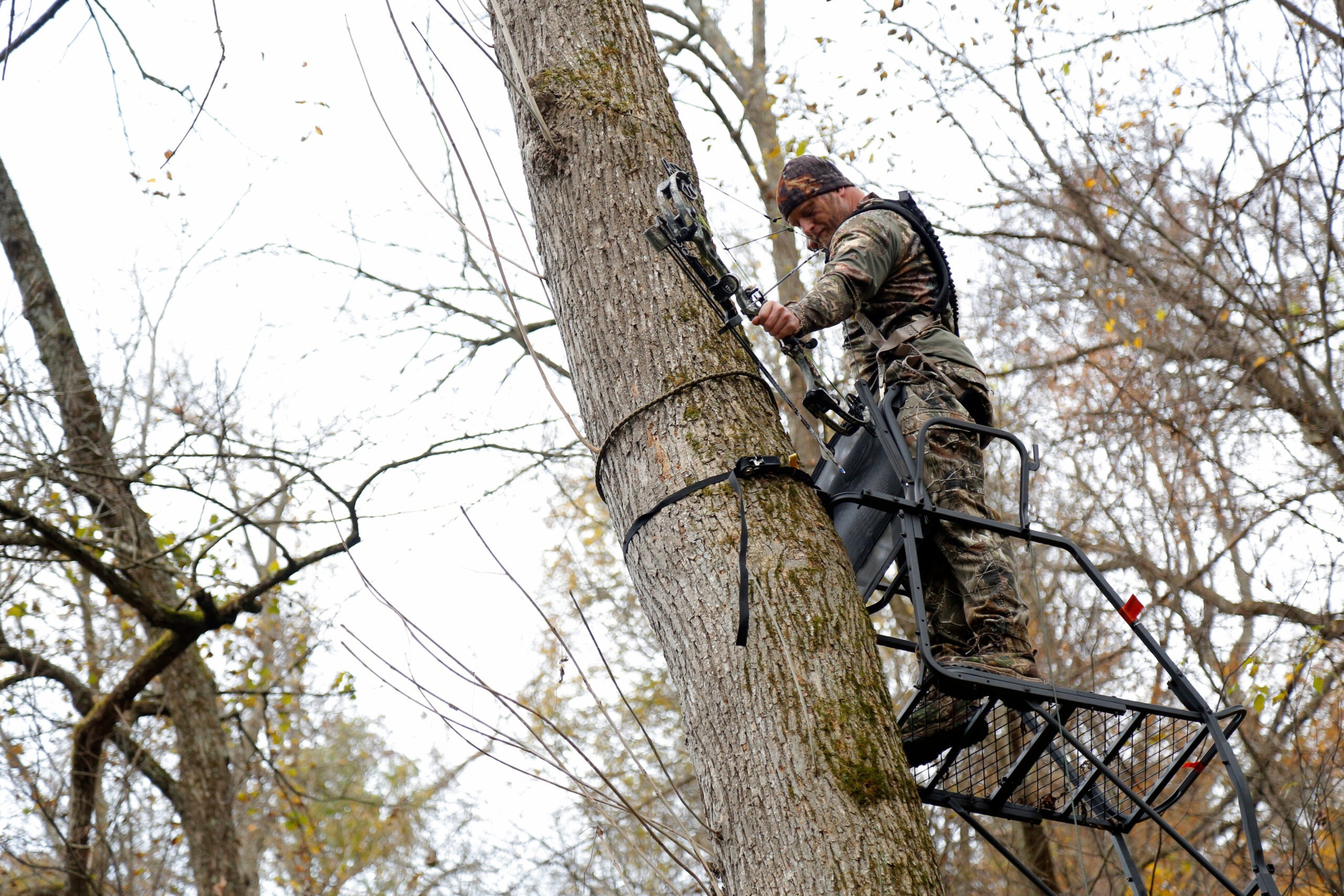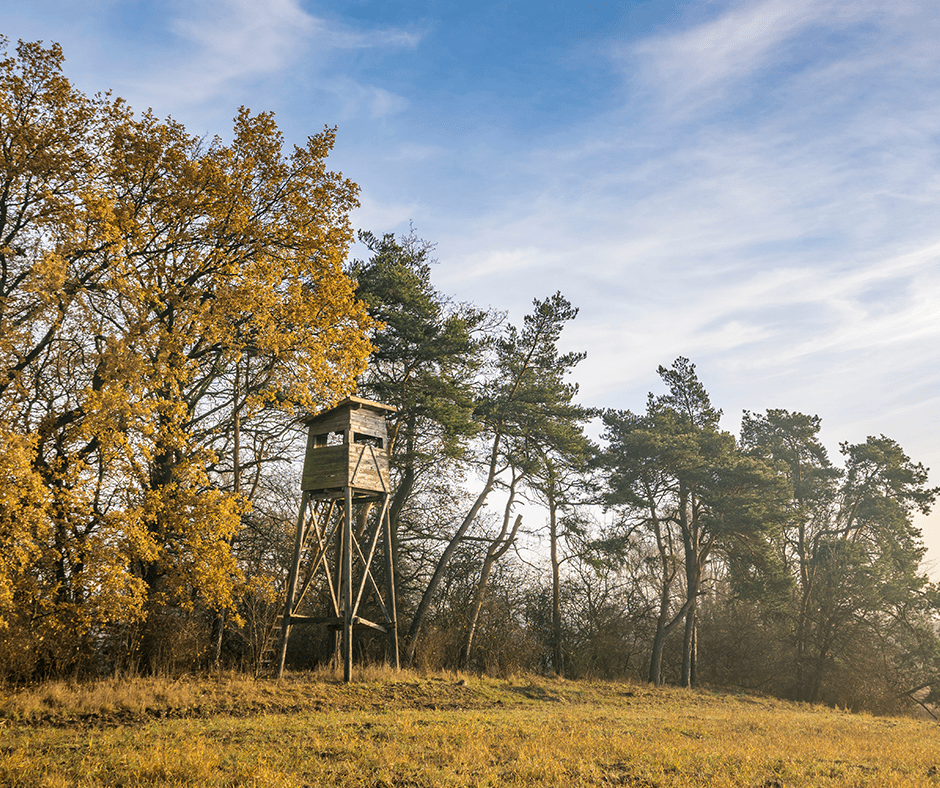COVID-19 hit every aspect of life as hard as it could. Uncertainty and a healthy dose of fear led to stir-craziness and burnout. Plant nurseries saw a drastic increase in customers wanting to start gardens, home improvement project numbers soared, and many people found or rediscovered a love of nature.
In the hunting niche, 2020 saw a sharp increase in the number of hunters. COVID-19 lockdowns gave people extra time to get out into the field; for others, it motivated becoming more self-reliant amid food security threats and an interest in local food sourcing.
While this growth spurt of new hunters is exciting, some areas experienced over-crowded hunting grounds and an increase in illegal hunting. Overall, an increase in new, young hunters is considered good for hunting conservation.
Pre-COVID
Way before the pandemic hit, the number of hunters in the U.S. has been steadily dropping since the 1980s. There are a few theories floating around as to why that is, and a combination of them is probably the reality.
We know for sure that people who hunted as adults in the 1980s are now getting older and retiring or passing away without the same number of young people to follow in their footsteps. Data shows that most hunters stop buying licenses and actively hunting around 65 years old.
Some other academics say that hunting may go extinct forever as areas become more urbanized and families become smaller in size. Fewer hunters mean less conservation funding, which leads to department cuts. Some states have already had to cut funding to programs addressing invasive species and poaching because of lower funds in recent years.
A Glimmer of Hope?
As chaotic and frightening as COVID-19 was when it first began in 2020, the rise in hunters gave a glimpse of hope to the U.S. Fish and Wildlife Service. More hunting (and angling) licenses meant more income, at least for that year.
Gun and ammunition sales also went through the roof this year, though not all were solely for hunting. Regardless of why they’re bought, firearms and ammunition sales also help fund each state’s USFW.
To combat the drop in hunters pre-2020, wildlife agencies began thinking (and continue to think) outside the box when it comes to recruiting new, young hunters. Advertising in more urban areas and even staffing community events and farmer’s market tables may have had an impact on how many new hunters ventured out into the field for the first time in 2020.
So many new eyes out in the field also led to an unexpected but welcome advantage for the USFW; more people to help track illnesses like chronic wasting disease in whitetails. While testing may have hit some snags as technicians got sick, visual reports helped agencies track CWD all over the U.S.
CWD is a pandemic itself for ungulates, and while it’s spread over the past few years, we have all these new hunters to thank for taking part in tracking it and helping states monitor any new developments.

Demographics of COVID-19 Pandemic Hunters
In 2020 the South and Midwest sold two-thirds of all 15 million hunting licenses, with 70% of pandemic hunters in 2020 being located in this same region. Over one-fifth of these new hunters were women, mostly 25-44 years old.
Pandemic hunters in 2020 polled as having the highest motivation to provide themselves with meat when asked. The thrill of the hunt ranked second and communing with nature ranked third. Interestingly, the older the hunter, the less you’ll see them have “the chase” be their motivator for continuing to hunt; many do so to spend time in nature and with old friends.
Access to Licenses
Almost every state during 2020 offered hunting safety courses online; most hunting licenses won’t be issued without completing one. Before the pandemic, all of the skills assessments had to be done in person. The convenience factor of an online course allowed more people to take this course, especially under lockdown status. States also don’t endorse more accidents in the field since this change, either.
Access to Lands
New hunters relied on public land most, despite most public hunting land opportunities lying west of the Mississippi River and most new hunters residing east. A lot of people used their friends’ land or received permission from the landowner to hunt.
There was a significant amount of lobbying to keep public lands open in 2020, as many states wanted to shut them down due to spreading coronavirus cases. Access to food being the main reason.
Unexpected Hang-Ups
Illegal Hunting
Unfortunately, the upswing of so many new hunters doesn’t necessarily mean all of these hunters were licensed and ethical. Still, the reporters may not have had an understanding of what legal hunting looks like, either.
For example, the Michigan Department of Natural Resources reported a huge increase in illegal hunting complaints. Then again, they also acknowledge that people having more free time can mean uneducated people calling in sightings that they just haven’t seen before. Regardless, there was an increase in shots fired and shooting reports, which are more indicative of poaching-type activity.
Meat Processing
New hunters said the biggest motivator for them to climb into a stand was to stock their freezers. Unfortunately, a lot of local meat processors couldn’t meet the demand. Some areas saw this as a silver lining, though, and stepped up to teach people how to process their own game at home safely.
Two Years In
The staying power of this hunting surge is now being questioned, and a lot of agencies pushed to retain the 2020 hunters through outreach programs and continue to do that today. Some states chose to go the way of target marketing, keeping that connection alive.
While 2020 increased interest in hunting, the fight isn’t over to keep those that made it out that year. Retention is critical, and by the looks of it, conservation as a whole depends on it.




Leave A Comment